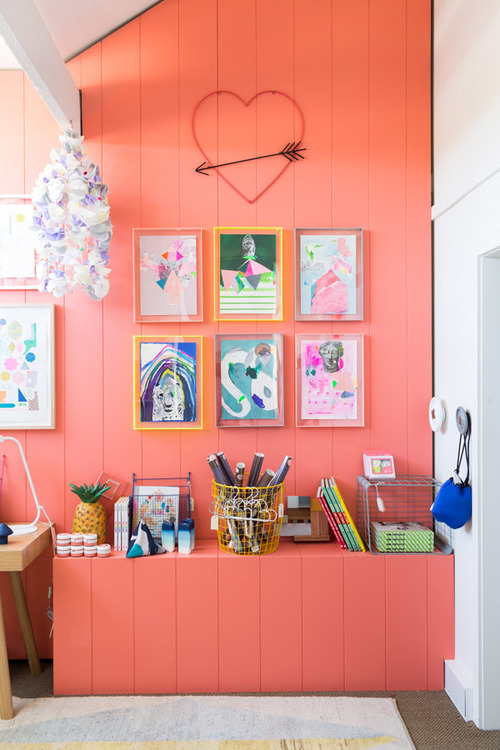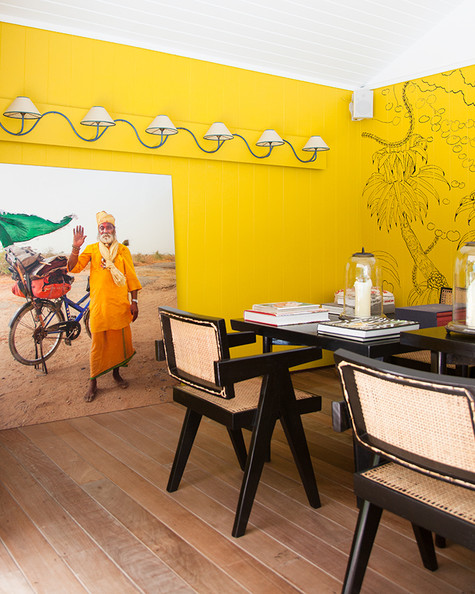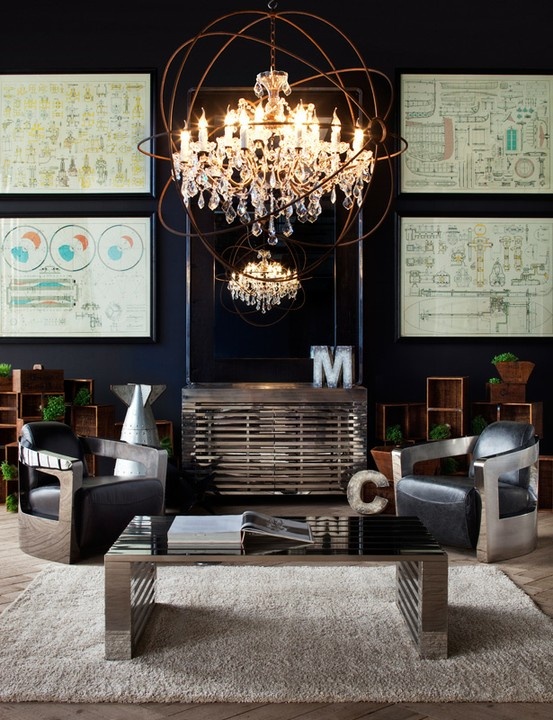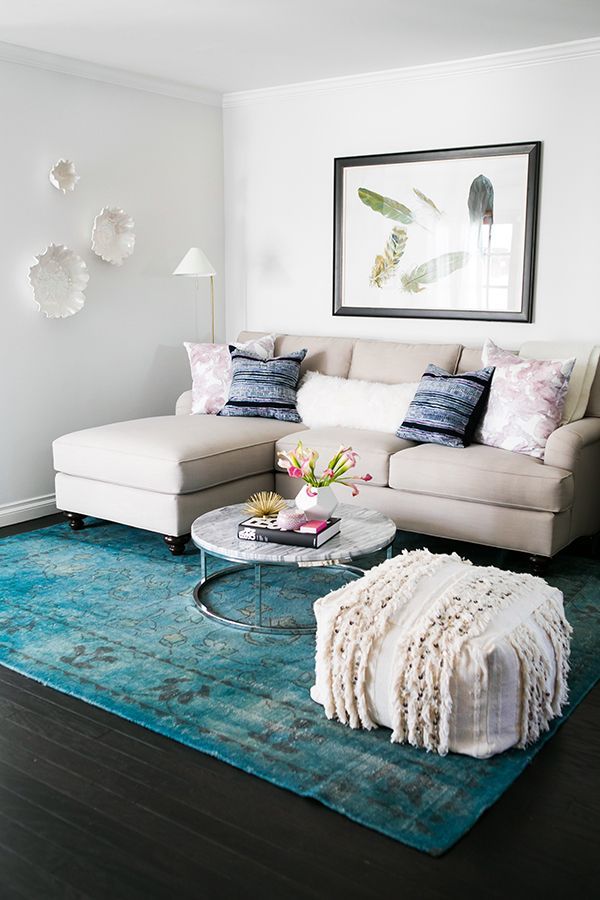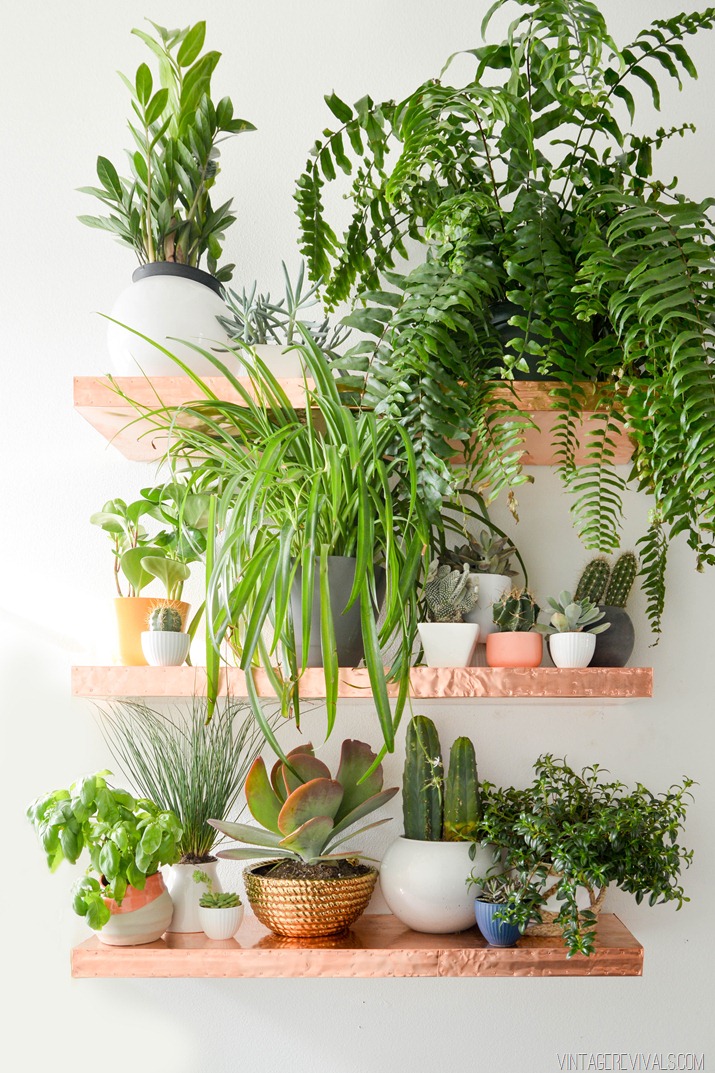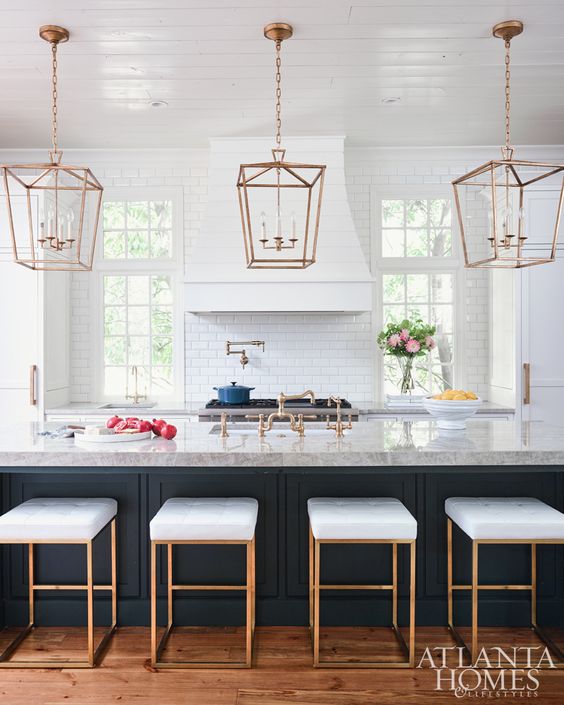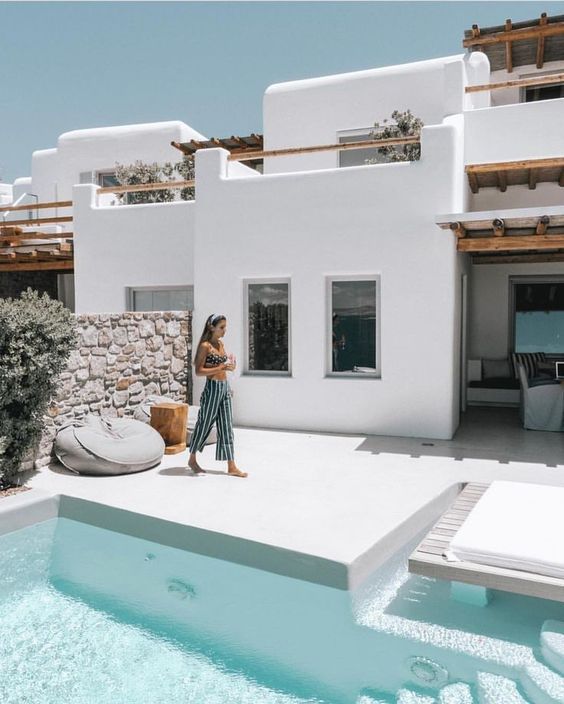How To Decorate With Bold Colours
Striking, provocative, vivid, straight-out, these colours will make your house look one of a kind. You need to have guts though to experiment with bold hues and be ready that the end the result might be a complete failure. However, if you succeed, the effect can surpass you most brave expectations. Here are several little tips that might help you, if you’ve decided to go bold.
– Don’t choose the hue by paint chip only. Always buy a small sample tin and see how the real paint looks like in the room where it is intended to be.
– Don’t try it on the walls directly – better to do it on a large carton board, if you will not be satisfied with the result, you may just throw it away.
– See how the paint looks like during different time of the day: under different light the effect will be drastically changing.
– Apply at least two coats of paint. Remember also that it will look darker and more intense once dry.
– Pair bright colours with neutrals and whites: they will bring freshness and more relaxing feel to the room:
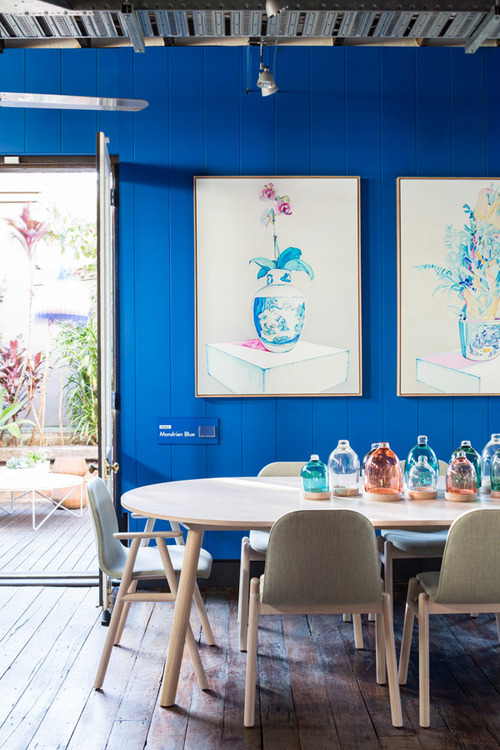
– Always choose only one colour to dominate, two or more bright colours used in equal proportions will create very flashy and oppressive effect.
– Try to connect colour schemes in all rooms in your house: it will create a feel of harmony and flow.
– If you want to be adventurous with colour, you do not need to apply the bold hue in the whole room. Great result can be achieved if you paint only one “feature” wall or make a half-wall skirting coloured in white or beige.
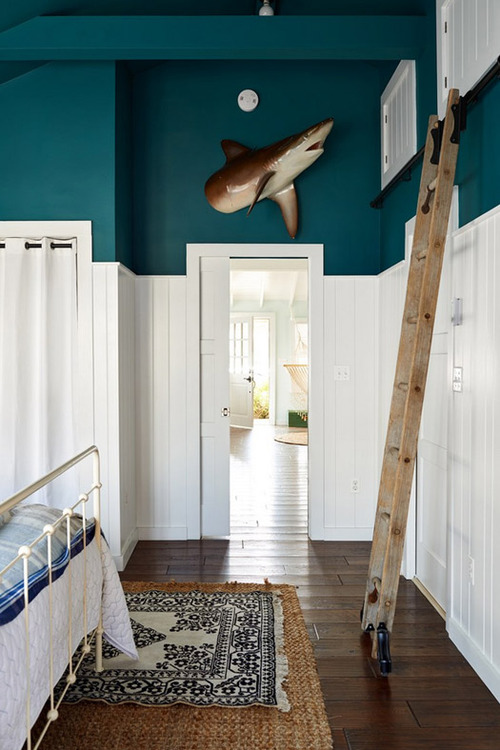
– Dark or bright hues accentuate the visible borders, for more seamless and smooth look consider painting ceiling in the same colour as walls.

– Paint can be a wonderful instrument to camouflage unattractive features: radiators, pipes, architectural flaws, etc. Otherwise camouflage effect can be also used for creative design solutions: for example by painting the furniture in the same hue as walls you will visually expand the borders and make the room feel more spacious.
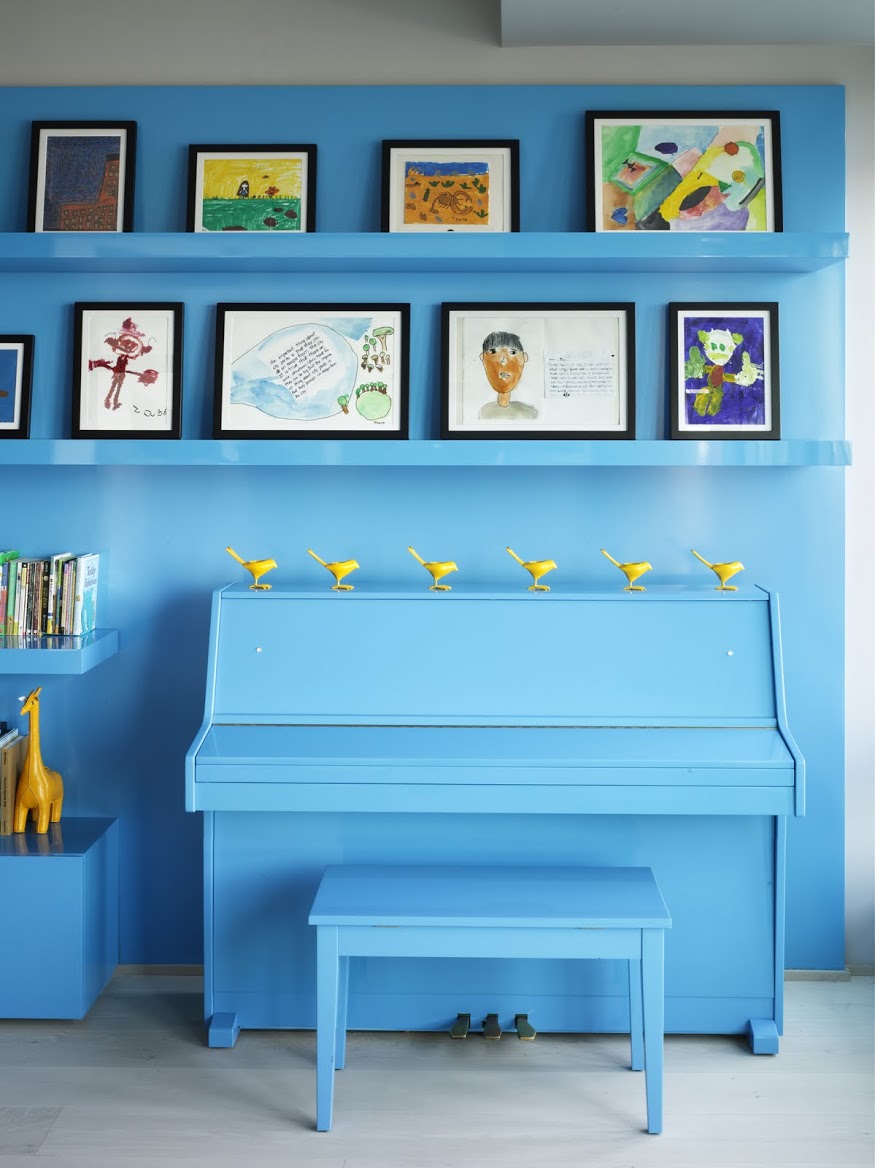
– Add some little accents coloured in complimentary hues: green for red, orange for blue and yellow for purple. The thing is when one primary colour dominates in one space, our eye automatically is searching for its compliment.
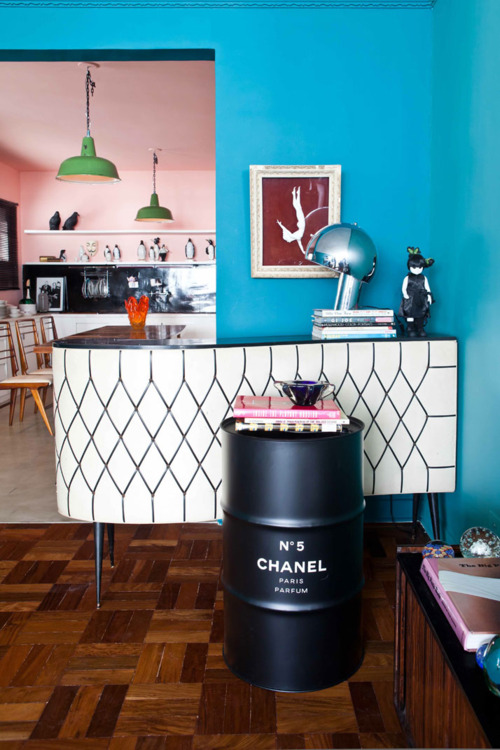
Think of the psychological effect of colour that you have chosen. This is especially important when hue is used in its brightest value, as “pure” colours will have stronger impact than its saturated relatives. Thus, red brings energy and increases blood pressure, blue is relaxing and meditative, yellow is associated with sun and good mood, green is harmonious and peaceful.
Do you like bold colours in interior design? Looking forward for your comments!

